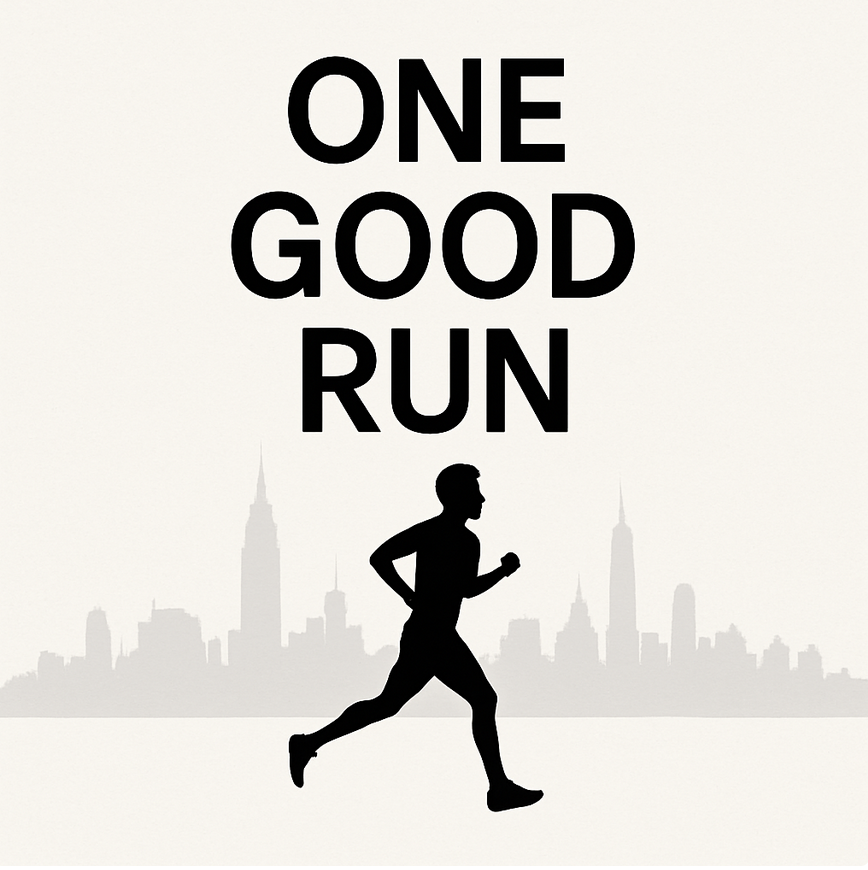Using a foam roller can be a valuable way to improve your flexibility, athletic recovery and relaxation. (Want to know how to use a foam roller? Start here.) Take care to avoid these common mistakes:
1. Holding your breath
Holding your breath activates the sympathetic nervous system. This sends a message to your brain that there is a perceived threat in your body. Your body reacts by increasing heart rate and blood pressure as well as causing muscles to tighten and constrict — the exact opposite of what we want to happen.
While rolling, keep breathing regularly (breathe in for five seconds and out for five seconds approximately). By focusing on your exhalation, you activate the parasympathetic nervous that activates the body’s healing mechanism.
2. Rolling the IT band too intensely
The iliotibial band (ITB) is a fibrous tendon that runs up the outside of your thigh. Often it becomes inflamed after too much walking, running or hiking downhill. It contains many sensitive nerve structures and does not respond well to heavy, prolonged rolling.
The ITB reacts better to a few quick rolls, with body weight partially supported by your arms and other leg. The fleshy, muscular part of the ITB called the tensor fasciae latae (TFL, which runs up to the front of the hip) can often give you better results, along with rolling the quads, hamstrings and calf muscles.
3. Rolling your lower back
The body contains many joints, each of which has a specific job to do. The lower back is generally designed to be a strong stable core, from which other body movements can take place. There is no need to roll the lower back, as true stiffness is rarely the problem. More commonly the hips and upper back are tight, which then leads to compression through the lumbar spine.
4. Using bad posture
Foam rolling involves lots of different positions. Good body awareness and core stability are important to ensure you don’t injure yourself. In general, try and maintain a neutral spinal zone.
5. Rolling too quickly over major muscle groups
Slow, focused rolling is better for big muscles like the quads, hamstring and calves. Pay attention to your body and if you come across any particularly tight areas you can hold the pressure there for up to 30 seconds, as the muscle slowly releases. If the muscle doesn’t release or you feel any unusual symptoms like pins and needles, it may mean you are compressing a nerve. Please consult with your physiotherapist for further advice.
Click HERE for more information about our next Introductory Foam Roller Workshop




















